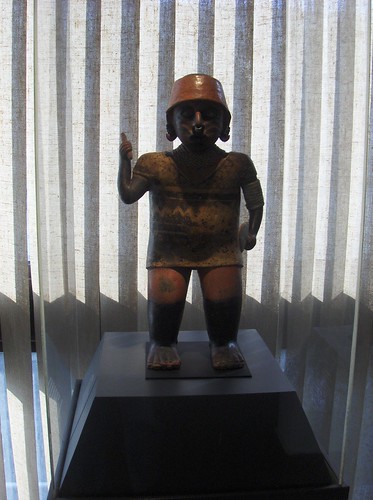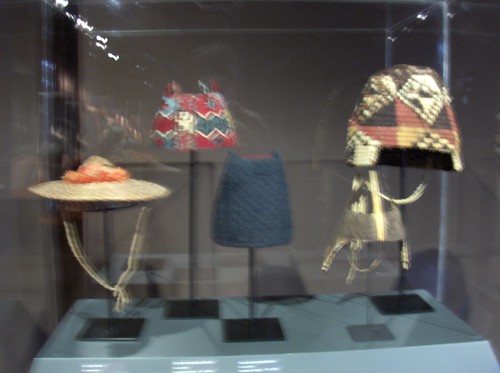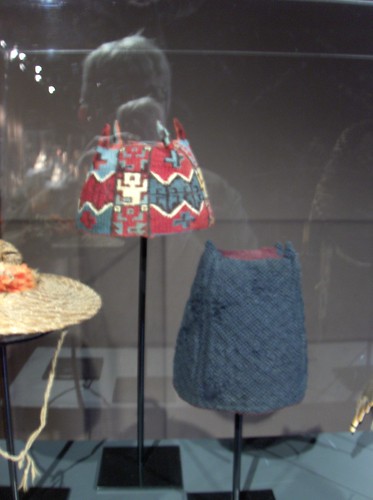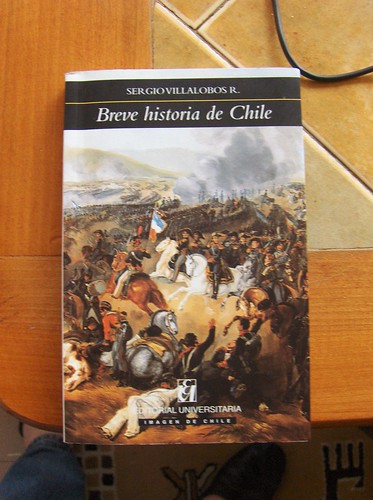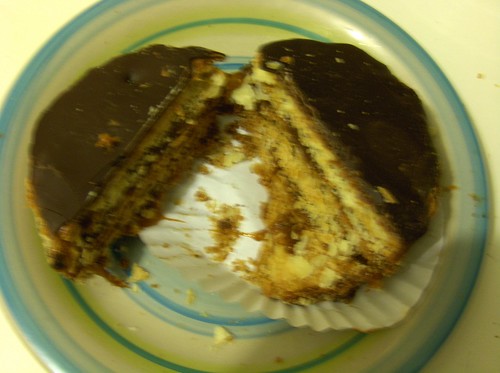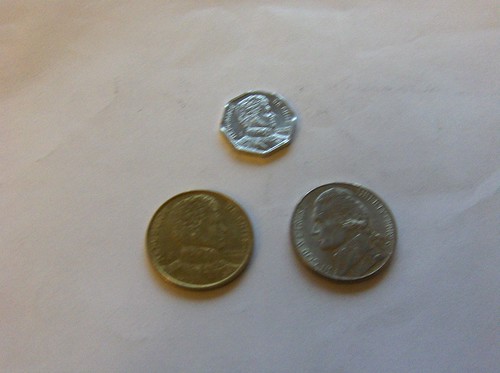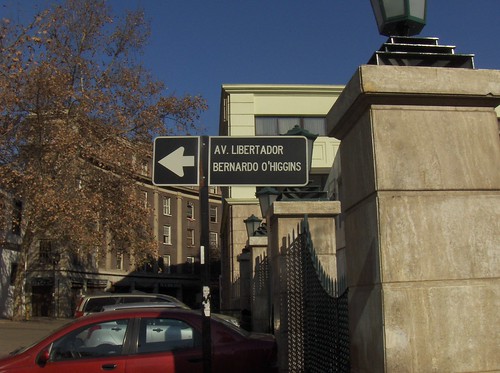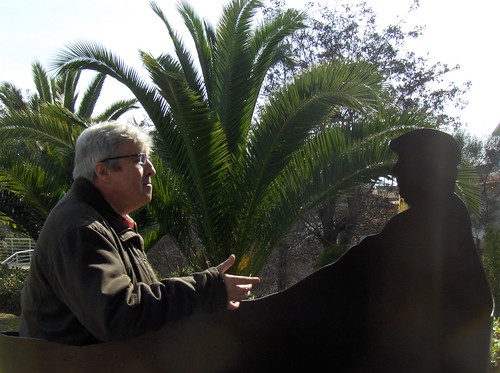This is Daisy Fuentes Miller, reporting to you live from the set of MTV’s “Real World Gay Paree”. Six strangers, from totally different backgrounds, thrown together, forced to live under the merciless glare of the Hankcam, which documents their every move for posterity. Let’s see what happens when the gloves come off, and things get real.
Strether: Hi. I’m Strether. I’m engaged to Chad’s mom. She’s pissed at him, and sent me over to bring him back to Connecticut to run the family business. Paree sure seems like an awesome party town.
Chad: This is the Chadster. I don’t wanna go back to Connecticut. I’m dating this totally hot older lady. Who’s a countess. She’s been giving me some private life coaching lessons. If you know what I mean.
Countess: ‘allo. Zis is Marie. you can call me Countess Cougar. Sacre bleu, but you American boys are fine!
Strether: Damn, that countess is one hot MILF. Chad – no rush about going home. We should just hang out here in Paris and par-tay!
6 weeks later -
Sarah: This is Sarah, Chad’s older sister. What the f*** is going on here? Strether, you’ve been over six weeks already. Mother sent me over. She wants you both to haul ass back to Connecticut, pronto. (You can ignore my fat philistine slob of a husband, Jim. He’s only here to provide a cheap diversion as a lazy stereotype and adds nothing to the plot)
Chad: Chill, sis. This is my girlfriend Marie. Ain’t she smokin? Did I mention she’s a countess?
Sarah: Filthy French slut! Chad, Mother expects you to do your duty.
Strether: Dude, don’t go! It’s a trap.
Sarah: You be quiet! And you can forget about marrying Mother. Which means you’ll die lonely and poor.
Strether: Bite me. Your mother always was one uptight bitch, anyway. I’ll just stay on here. Maybe catch a little menage-a-trois action with Chad and the Countess.
Chad : Not gonna happen, dude! Sis, tell Mom to take the job and shove it. I’m having too much fun tapping aristocratic ass here in Paree. Screw Connecticut.
2 weeks later -
Strether (alone in the confessional room): So Sarah and Jim are on the way back home, with no hanging Chad. My life is totally screwed up. But at least I can be happy about getting Chad to do the right thing, to avoid the money trap, and to choose life!
2 weeks later -
Chad (alone in the confessional room, very drunk): You know, I’ve always thought that advertising was where the future is at..... And, there's no two ways about it, Marie's boobs have definitely been showing some major saggage .... Operator! Get me the number for the Cunard line, please.
Fade, to the sound of Strether whimpering pathetically, off-camera. (Marie, of course, goes on to star in the breakout Bravo series, “Real Housewives of the 4th arrondissement”).
********************************************
OK, I'll come clean and admit that I’ve had a definite prejudice against Henry James for as long as I can remember. But reading Colm Toibin’s “
The Master” last month made me think I should give him another try. “
The Ambassadors” certainly confirmed my belief in the brilliance of Toibin’s accomplishment. It also changed my opinion of James – though I doubt I’ll ever achieve fanboy status, it was a far more interesting read than I had anticipated. In “
The Master”, Toibin gives us a portrait of James in mid-career, focusing on the period between 1895 and 1900. It’s eerily well done – it’s almost as if he were channeling the spirit of James. Although Toibin is an avowed fan, his depiction of the author seems scrupulously honest and right on the mark. The picture of Henry that emerges is not entirely flattering – that of someone who is fascinated by the workings of the very privileged segment of society into which he was born, with a keen, almost obsessive, eye for the subtleties and complexities of the relationships among the various players, and the talent, determination (and free time) to document it in his writing. Even if that came at a certain emotional cost. In James’s case, that cost appears to have been an inability (or unwillingness) to form truly deep emotional attachments. There seems to have been a pattern of his withdrawing emotionally whenever another person threatened to come too close. This was a man who lived far too much of his life in his own head.
It shows in the writing, of course. Every detail of every character’s action, no matter how minor, is picked apart and analyzed. Characters are presented as being engaged in endless analysis and speculation about how to interpret the actions and motives of others. And if it takes a page and a half to pin down the precise nuance of
A’s reaction to a casual snub by
B, then so be it – James always assumes that the reader has both the time and interest to stay with him. The odd thing is that, although this can be a little offputting at the beginning, ultimately it becomes kind of hypnotic. He is so clearly fascinated by the inner world of his characters that he ultimately draws you in. The plot of “
The Ambassadors” is wafer-thin. But the author’s focus on the psychology of his characters is so intense (and so believable) that one is motivated to keep on reading. This was not a dull book.
Much is made of Henry James’s style, and I just don’t get it. This is a man who never met a subordinate clause he didn’t like, with a definite preference for the baroque. Hemingway he’s not. But his penchant for convoluted sentences means that he’s not particularly easy to read. On any given page, there is likely to be at least one sentence that you will have to read three times over, and still not be sure you understand what he was trying to say. (He has a way of nesting negative particles in his various subordinate clauses that is particularly evil – I’d find myself counting them on my fingers, trying to figure things out). Stylistically, the writer he reminds me most of is Thomas Mann, who also had a penchant for long, complicated sentences. At least James wasn’t writing in German, so there is a limit to how convoluted things get. Personally, I don’t consider opacity to be a virtue. YMMV.
A book that was far more interesting than I had anticipated, and which definitely changed my mind about Henry James.
